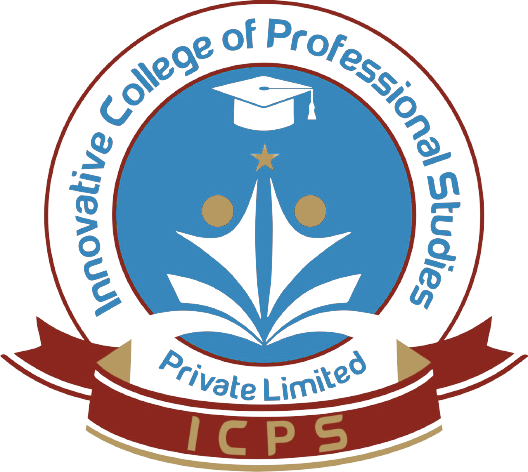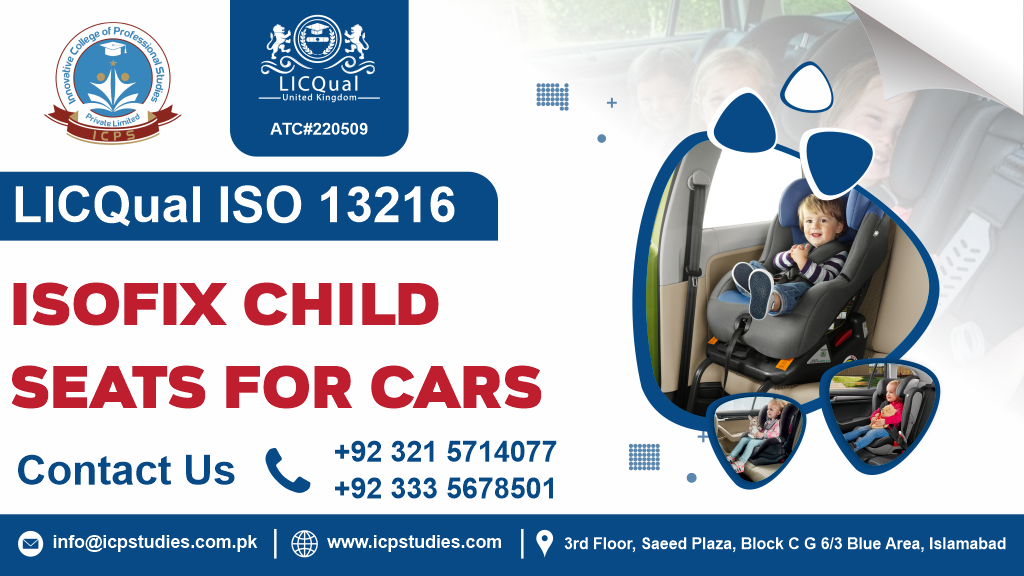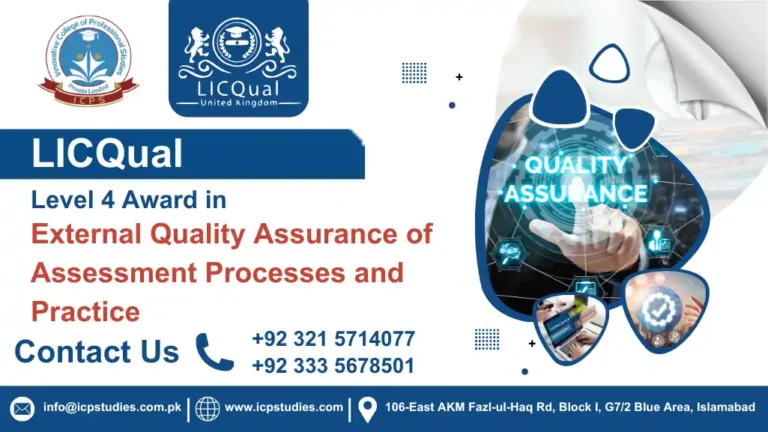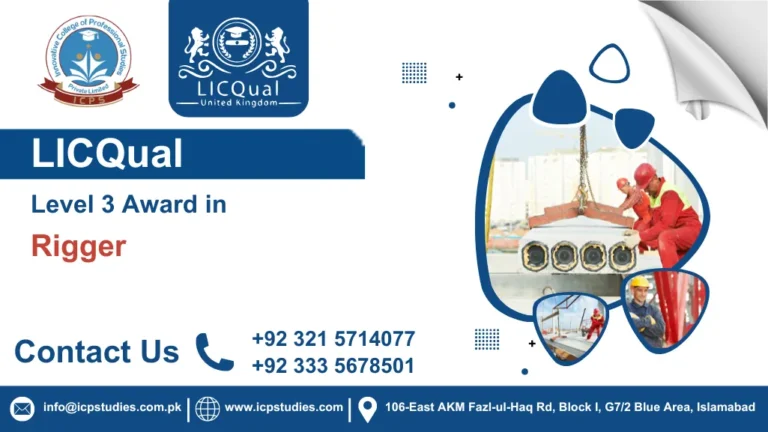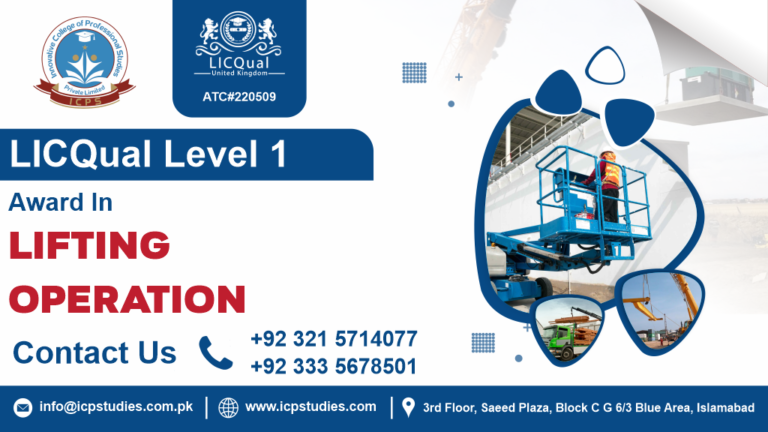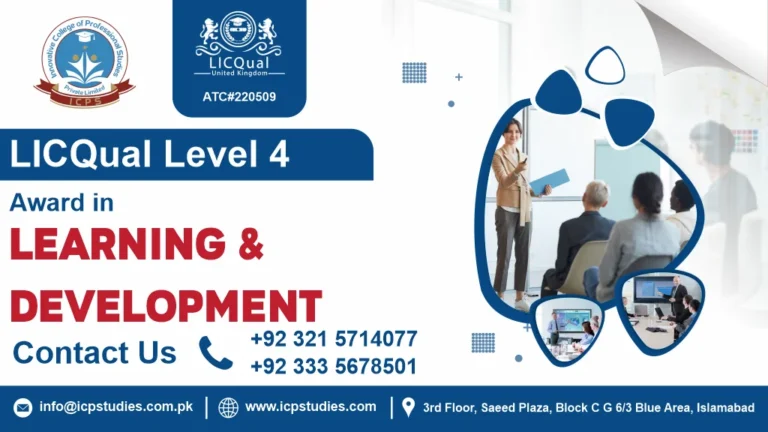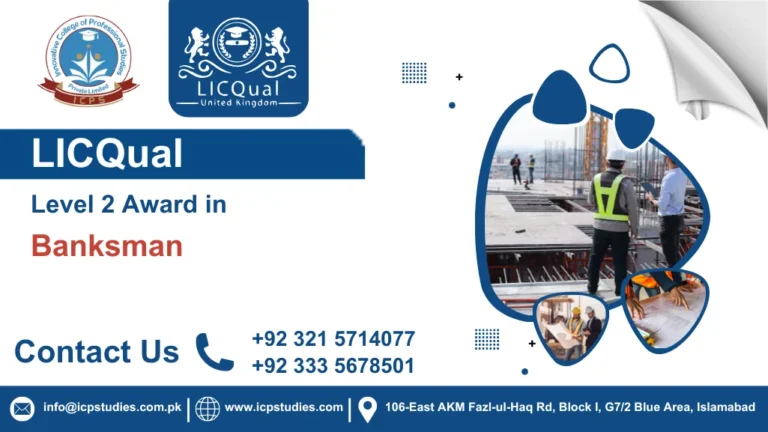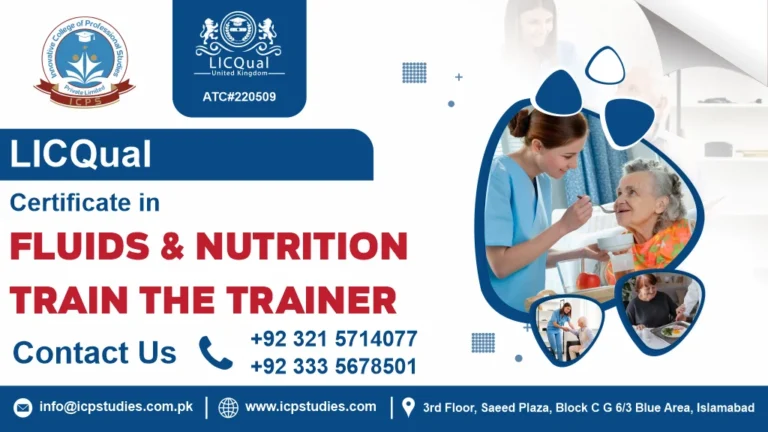When it comes to child safety in vehicles, the importance of a secure and reliable child seat cannot be overstated. ISO 13216, commonly known as ISOFIX, is a significant standard in the realm of child car seats that helps ensure the safety of young passengers.
ISO 13216 is an international standard developed by the International Organization for Standardization (ISO) that specifies the ISOFIX system for installing child seats in vehicles. The ISOFIX system, established by ISO 13216, provides a standardized method for securely attaching child seats to a car’s chassis, minimizing the risk of incorrect installation and enhancing overall safety.
ISO 13216, or ISOFIX, represents a significant advancement in child car seat safety. By providing a standardized, secure, and user-friendly method for installing child seats, ISOFIX enhances the protection of young passengers and reduces the risk of incorrect installation. For parents and caregivers, understanding and utilizing the ISOFIX system can make a meaningful difference in ensuring the safety and well-being of their children on the road.
All About ISO 13216 ISOFIX Child Seats for Cars
Course Overview
An ISO 13216 ISOFIX Child Seats for Cars Internal Auditor is a specialized professional responsible for conducting internal audits to ensure that child car seats equipped with the ISOFIX system meet the required safety and compliance standards outlined in ISO 13216. This role is crucial in maintaining the quality, safety, and regulatory compliance of ISOFIX child seats, ensuring they provide the highest level of protection for young passengers.
An ISO 13216 ISOFIX Child Seats for Cars Internal Auditor plays a vital role in ensuring the safety and compliance of ISOFIX child seats. Through systematic auditing, these professionals help maintain high standards of quality and safety, contributing to the protection of young passengers and the overall success of child seat manufacturers. Their expertise in ISO 13216 standards and auditing techniques supports continuous improvement and enhances confidence in the safety of ISOFIX-equipped child seats.
Study Units
- Introduction to ISO 13216
- Design and Testing Requirements
- Installation Guidelines
- Quality Control and Assurance
- Internal Audit Techniques
- Documentation and Record-Keeping
- Communication and Stakeholder Engagement
- Educational Background: A degree or equivalent qualification in engineering, product safety, child development, or a related field.
- Professional Experience: Relevant work experience in automotive safety, product design, or child safety equipment, typically ranging from one to three years.
- Familiarity with ISO Standards: Basic understanding of ISO 13216 and other related standards for child safety and automotive equipment is beneficial.
- Knowledge of Child Safety Regulations: Awareness of applicable regulations and best practices regarding child safety in vehicles.
- Technical Knowledge: Understanding of engineering principles related to safety features and product testing.
- Communication Skills: Strong verbal and written communication skills for effective documentation and reporting.
- Commitment to Learning: Willingness to engage with course materials and participate in practical assessments.
As specific requirements may vary by provider, it’s advisable to check the details of the course you are interested in.
- Product Designers and Engineers: Professionals involved in the design and development of child safety seats.
- Quality Assurance Managers: Individuals responsible for ensuring compliance with safety standards in child restraint systems.
- Safety Inspectors: Professionals assessing the safety and effectiveness of child seats in vehicles.
- Regulatory Affairs Specialists: Those ensuring adherence to child safety regulations and standards in automotive products.
- Automotive Engineers: Individuals focused on vehicle design and integration of safety features.
- Child Safety Advocates: Professionals or organizations dedicated to promoting child safety in transportation.
- Consultants: Advisors providing expertise on child safety standards and product compliance.
Overall, the course is suitable for anyone involved in the development, testing, or regulation of child safety seats for vehicles.
Learning Outcome
Introduction to ISO 13216
- Understanding ISO 13216: Define the ISO 13216 standard and its significance in the context of ISOFIX child seats for cars.
- Scope and Objectives: Describe the scope, objectives, and key components of ISO 13216, including its impact on child seat safety and compliance.
- Regulatory Context: Explain how ISO 13216 aligns with global safety regulations and industry standards for child car seats.
2. Design and Testing Requirements
- Design Principles: Understand the design principles for ISOFIX child seats, including safety features and structural requirements specified by ISO 13216.
- Testing Procedures: Describe the testing procedures and methods used to evaluate the performance and safety of ISOFIX child seats.
- Compliance Verification: Identify the criteria for ensuring that child seats meet ISO 13216 design and testing requirements, including crash tests and safety certifications.
3. Installation Guidelines
- ISOFIX Installation: Explain the correct installation procedures for ISOFIX child seats, including the use of ISOFIX anchor points and additional securing mechanisms such as top tethers or support legs.
- Installation Checks: Outline the key checks and inspections needed to ensure that ISOFIX child seats are installed correctly and securely.
- Common Issues: Identify common installation errors and how to avoid them to ensure optimal safety and compliance.
4. Quality Control and Assurance
- Quality Control Processes: Describe the quality control processes involved in the manufacturing of ISOFIX child seats, including inspection and testing to ensure adherence to ISO 13216 standards.
- Assurance Practices: Explain quality assurance practices and procedures to maintain consistent product quality and safety throughout the production cycle.
- Issue Management: Understand how to manage and resolve quality issues and defects in ISOFIX child seats.
5. Internal Audit Techniques
- Audit Planning: Develop an internal audit plan tailored to ISOFIX child seats, including defining the scope, objectives, and audit criteria.
- Conducting Audits: Apply auditing techniques to evaluate compliance with ISO 13216, including conducting interviews, inspections, and reviews of documentation.
- Reporting Findings: Prepare audit reports that document findings, non-conformities, and recommendations for improvement in the ISOFIX child seat system.
6. Documentation and Record-Keeping
- Document Management: Understand the requirements for managing documentation related to ISOFIX child seats, including design specifications, testing reports, and compliance records.
- Record-Keeping: Implement effective record-keeping practices to ensure accurate and accessible records of all relevant information related to ISOFIX child seats.
- Compliance Documentation: Ensure that documentation supports compliance with ISO 13216 and other applicable regulations.
7. Communication and Stakeholder Engagement
- Effective Communication: Develop skills for communicating audit findings, safety issues, and compliance requirements to stakeholders, including manufacturers, regulatory bodies, and consumers.
- Stakeholder Interaction: Understand how to engage with stakeholders to address concerns, provide updates, and collaborate on improving ISOFIX child seat safety and compliance.
- Feedback Integration: Learn how to integrate feedback from stakeholders to drive continuous improvement in the design, testing, and installation of ISOFIX child seats.
These learning outcomes are designed to equip participants with the knowledge and skills necessary to ensure the safety and compliance of ISOFIX child seats according to ISO 13216 standards. The course provides a comprehensive understanding of the requirements, practices, and techniques needed to effectively manage and audit ISOFIX child seats, ensuring high standards of quality and safety.
FAQs about ISO 13216 ISOFIX Child Seats for Cars
